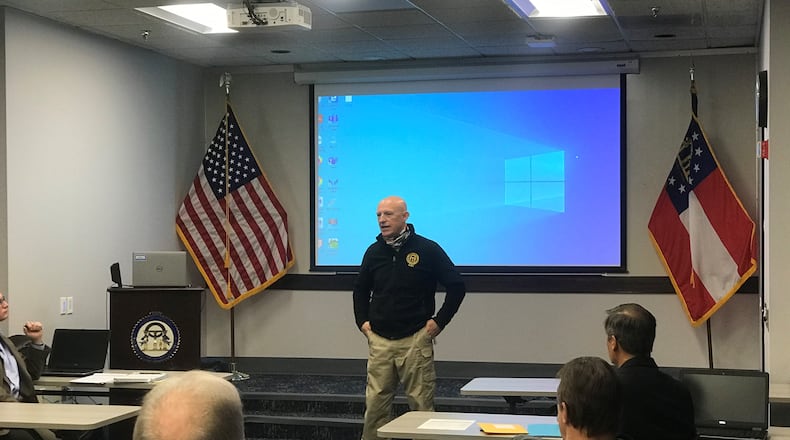The Georgia Bureau of Investigation has doubled down on its efforts to investigate and close cases that were previously left unsolved. The state agency has formally formed a cold case unit that will focus exclusively on longstanding unsolved cases, GBI Director Vic Reynolds told the Atlanta Journal-Constitution.
The six-person team began quietly meeting earlier this year to revisit cases that haven’t been closed but may be solvable, he said. Though the cold case unit has not released specific details on which cases it plans to tackle, some of the GBI’s cases have been open for nearly 40 years.
It’s long been a concern for the agency’s leadership, according to Reynolds. The director said that shortly after being appointed in February 2019, he met with inspectors across the GBI’s 15 regional offices.
“One of the things that consistently came up was frustrations that agents couldn’t spend more time on them,” he said.
It was a familiar tune to Reynolds, who as Cobb County’s district attorney formed a cold case unit within his office to dedicate more resources and manpower to their unsolved cases.
“The problem with these cases is that we pick it up, start looking at it and then, boom. Another one happens,” Reynolds said.
The GBI’s unit is comprised of investigators who had previously retired from the agency, Reynolds said. That includes the unit’s leader, 34-year GBI veteran Chris Tolbert, who retired as an inspector in March. According to Reynolds, each member of the team averages 27 years of investigative experience.
The unit is still in talks with regional directors to determine which cases will be their initial focus.
“In running a cold case unit, you have to develop solvability criteria,” Reynolds said. “That might be whether or not a case has evidence that may contain unidentified DNA, or that hasn’t been tested. We’ll take on cases we believe have strong solvability factors, and I believe we will start solving cases very soon.”
Reynolds said the cold case unit will collaborate with GBI’s Crime Lab to uncover forensic evidence that could lead to answers in the cases.
In October, the agency announced that information from confessed serial killer Samuel Little coupled with DNA evidence had helped it solve the murder of a woman in Dade County that happened 39 years ago. In January, the crime lab used DNA taken from skeletal remains to determine who killed a 13-year-old girl that disappeared from Warner Robins in 1974.
“They realize this is a priority,” he said. “I don’t anticipate manpower or time being a factor here.”
About the Author
Keep Reading
The Latest
Featured




